Over the years, the development of education and training has always adhered to the viewpoint that "Education and training development must be linked to the needs of socio-economic development and national defense..." From vocational education to higher education, there have been breakthroughs in training and supplying human resources for the country's socio-economic development, but compared to the region and the world, there is still a large gap.
No breakthrough yet
According to the assessment of the Ministry of Education and Training, the quality of higher education in the period 2013-2023 (10 years of implementing Resolution 29), although it has been significantly improved in both quantity and quality, has not yet met the requirements for the quality of human resources, especially high-quality human resources; developing a knowledge-based economy. The scale of university training has increased but is concentrated in sectors and fields with high potential for socialization such as economics, finance or sectors with large human resource needs, while basic science and social science sectors are not attractive to learners. Most higher education institutions only focus mainly on training activities, especially undergraduate training, and have not paid adequate attention to investing in postgraduate training and scientific research...
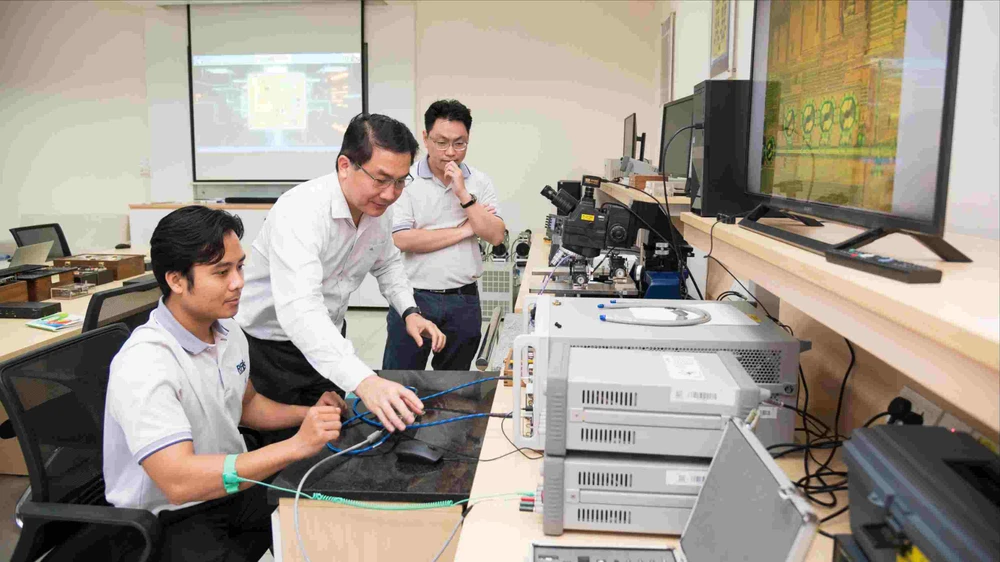
Although the number of scientific and technological staff has increased, there is a lack of leading scientists capable of leading new research directions and implementing national tasks at regional and international levels; the motivation and enthusiasm of a part of the scientific and technological staff is not high.
Analysis of the total training scale of all levels of higher education shows that the scale of master's training only accounts for about 5%, doctoral training accounts for about 0.6% (much lower than other countries in the region and the world); in which, the scale of postgraduate training in STEM (science, technology, engineering and mathematics) is much lower, master's level only reaches more than 2%, doctoral level only reaches approximately 0.3% and tends to continue to decrease. The low proportion of postgraduate training means that the ability to research, innovate and master technology will of course be very low.
According to the Department of Higher Education (Ministry of Education and Training), in the period of 2013 - 2023, Vietnam's higher education system has made great strides but is not yet strong enough to narrow the gap with advanced countries in the region and the world. The World Intellectual Property Organization's Global Innovation Index report has two main indexes related to higher education, including the TE (Tertiary Education) index and the research and development (R&D) index: in 2013, Vietnam's two indexes were ranked 111 and 123 out of 142 countries, behind 5 countries in the Southeast Asian region (Singapore, Malaysia, Thailand, Philippines and Indonesia); In 2023, the TE index increased by 22 places to 89/132 and ranked after 4 countries in the region (Singapore, Thailand, Malaysia and the Philippines), the R&D index increased by 79 places to 44/132 and ranked after 3 countries in the region (Singapore, Malaysia and Indonesia).
According to the Ministry of Education and Training, the Resolution of the 13th Party Congress identified 3 strategic breakthroughs: (1) Perfecting the synchronization of institutions; (2) Developing human resources, especially high-quality human resources; (3) Building an infrastructure system. The two strategic breakthroughs on institutions and infrastructure construction have received strong investment in resources from the Central Party and the State; meanwhile, the strategic breakthrough on human resources has not been clear. Therefore, the education sector proposed that the Politburo agree to the policy of having 1 National Target Program to support the education sector in implementing the resolutions of the National Assembly and the Government on education and training, contributing to training quality human resources to serve the cause of socio-economic development of the locality and the whole country.
Focus on high quality human resources
According to Dr. Nguyen Thi Mai Hoa, Vice Chairwoman of the National Assembly's Committee on Culture and Education, the development of human resources, especially high-quality human resources, is identified as one of the leading strategic breakthrough solutions to meet the requirements of promoting industrialization and modernization of the country in the new period, actively contributing to the process of fundamental and comprehensive transformation of the economy and social life based on the foundation of science - technology, innovation, building an independent, self-reliant, proactive economy, actively integrating deeply into the international community, developing rapidly and sustainably.
From the perspective of training units, Associate Professor, Dr. Nguyen Minh Tam, Vice President of Ho Chi Minh City National University, said: In the current context, university autonomy for higher education to make a breakthrough is an inevitable trend. However, the investment budget for education is not high, so it is difficult to create a breakthrough in human resources, especially high-quality human resources and high-tech human resources. Talking about high-quality human resources means talking about the role of higher education. Therefore, in terms of macro policies, it is necessary to increase investment in training and research in key industries and fields to promote innovation, promote startups, promote cutting-edge scientific research and serve socio-economic development.
According to Associate Professor, Dr. Hoang Minh Son, Deputy Minister of Education and Training, the Natural Sciences, Life Sciences, Mathematics and Statistics (abbreviated as SM) are fundamental and essential fields for the development of science, technology and the socio-economy of each country. However, according to the 2022 regular university enrollment data, the number of students enrolling in SM accounts for approximately 1.5% of the total new enrollments, much lower than the average of 7% in Asia-Pacific countries (OECD)...
Therefore, in the Project on developing high-quality human resources to serve high-tech development, the SM sector along with a number of key engineering and technology sectors are focused on and many solutions will be proposed for learners as well as higher education institutions. The Ministry of Education and Training will coordinate with the Ministry of Science and Technology to promote closer and more effective links between training and research in universities, coordinate with relevant ministries and sectors to propose solutions on forecasting human resource needs, ordering training according to needs...
Mr. NGUYEN KIM SON, Minister of Education and Training:
By 2025, two national universities will be ranked in the world's top 500.
The Ministry of Education and Training has set the following goals: by 2025, to reach at least 270 students/10,000 people (currently 210 students/10,000 people); by 2030, the proportion of university students in the age group of 18-24 will reach 35%; the proportion of international students studying higher education programs in Vietnam will reach 2%; the proportion of lecturers with at least a doctoral degree will reach 40%; the proportion of scientific articles published in international scientific journals will reach 0.75%; the proportion of higher education institutions (qualified) meeting educational quality accreditation standards will reach 100%, of which 10% will meet accreditation standards by reputable foreign accreditation organizations; 45% of training programs (qualified) meet domestic or international accreditation standards, of which 100% of teacher training programs at all levels meet accreditation standards; develop a number of advanced higher education institutions, among the top in Asia, of which Hanoi National University and Ho Chi Minh City National University are ranked in the top 500 universities in the world.
The Ministry of Education and Training will focus on developing a number of higher education institutions at regional level by 2030 and world level by 2045; prioritizing investment in developing national universities, regional universities, excellent universities (in cooperation with developed countries), large higher education institutions and pedagogical higher education institutions.
Associate Professor, Dr. NGO VAN HA, Faculty of Political Theory, Danang University of Economics (University of Danang):Assessing the current status of high-quality human resources
Currently, university enrollment targets are mainly based on the capacity of the school (teaching staff, facilities), not on the immediate and long-term needs of the market. Therefore, analyzing and forecasting the supply and demand of human resources is very important as a basis for universities to develop training strategies. To have a correct forecast of labor market needs, it requires a coordination mechanism between managers, policy-making agencies, supply and demand forecasting agencies, higher education institutions and enterprises. It is necessary to form a specialized agency to survey and evaluate the current status of the quality of high-quality human resources in Vietnam, identify surplus and shortage industries, weaknesses of high-quality human resources, propose solutions to overcome them; at the same time, identify the immediate and long-term needs of human resources. Human resource training needs to be linked to the reality of the labor-using unit. Employers inform about human resource requirements, make specific orders to have a reasonable training structure, train workers with appropriate qualifications and expertise, and avoid waste.
PV GROUP
Source


![[Photo] General Secretary concludes visit to Azerbaijan, departs for visit to Russian Federation](https://vphoto.vietnam.vn/thumb/1200x675/vietnam/resource/IMAGE/2025/5/8/7a135ad280314b66917ad278ce0e26fa)
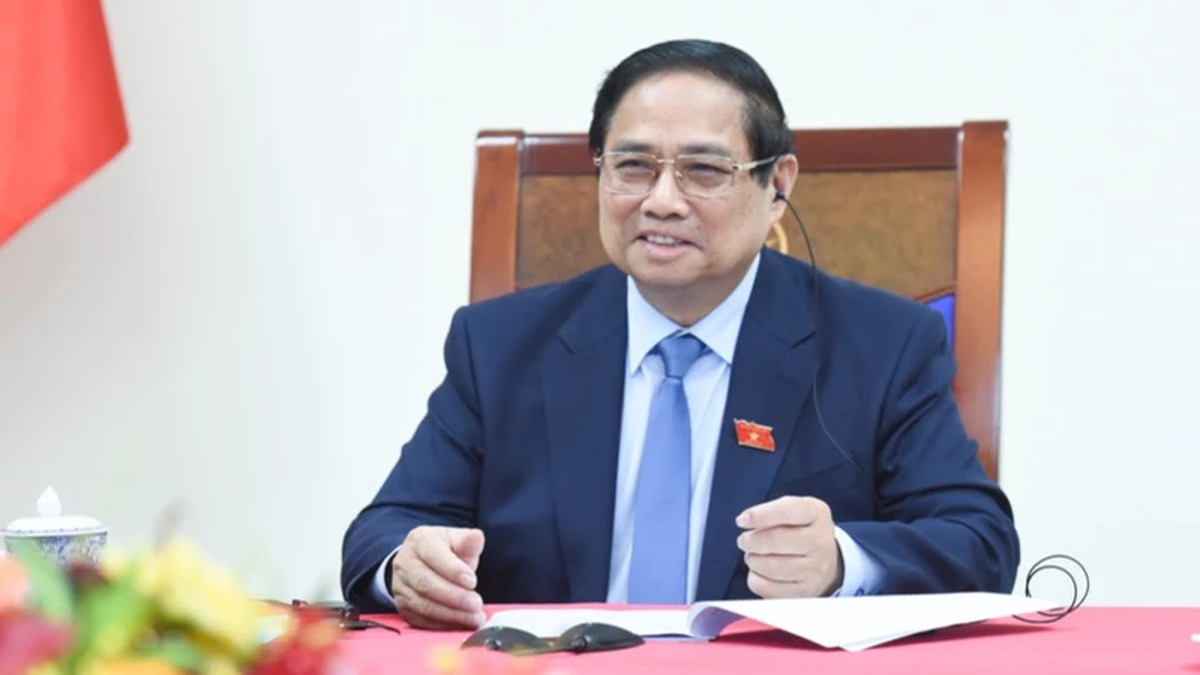

![[Photo] National Assembly Chairman Tran Thanh Man chairs the meeting of the Subcommittee on Documents of the First National Assembly Party Congress](https://vphoto.vietnam.vn/thumb/1200x675/vietnam/resource/IMAGE/2025/5/8/72b19a73d94a4affab411fd8c87f4f8d)
![[Photo] Prime Minister Pham Minh Chinh meets with the Policy Advisory Council on Private Economic Development](https://vphoto.vietnam.vn/thumb/1200x675/vietnam/resource/IMAGE/2025/5/8/387da60b85cc489ab2aed8442fc3b14a)
![[Photo] President Luong Cuong presents the decision to appoint Deputy Head of the Office of the President](https://vphoto.vietnam.vn/thumb/1200x675/vietnam/resource/IMAGE/2025/5/8/501f8ee192f3476ab9f7579c57b423ad)






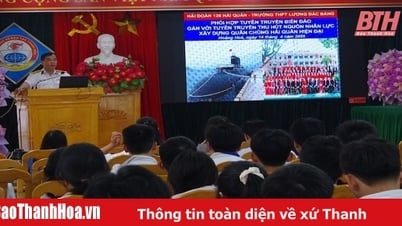
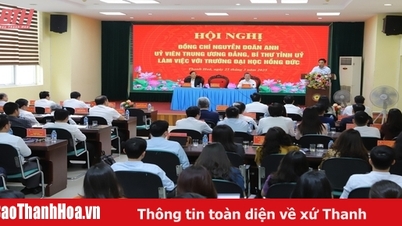


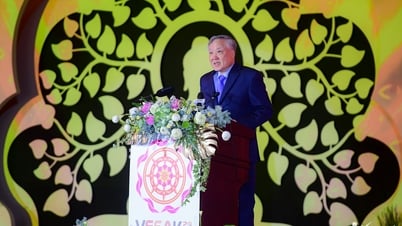


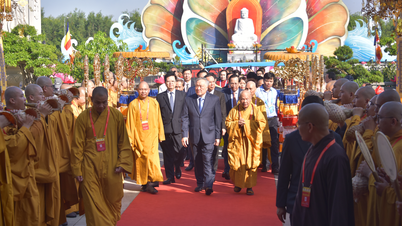
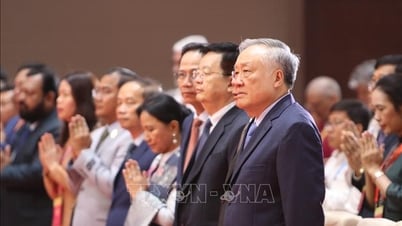
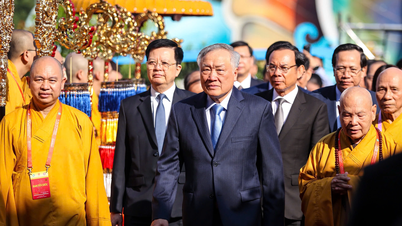




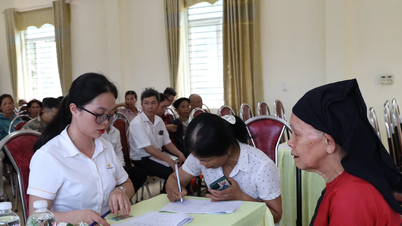
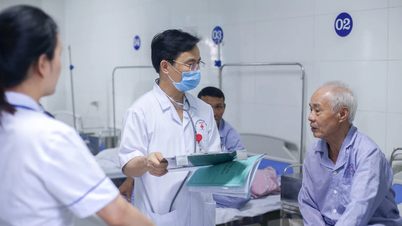


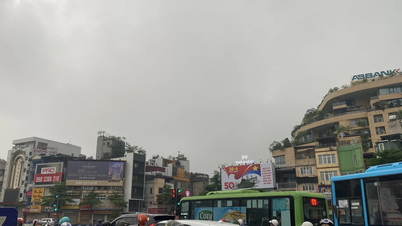































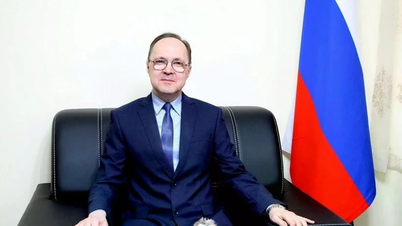
![[Photo] Prime Minister Pham Minh Chinh talks on the phone with Singaporean Prime Minister Lawrence Wong](https://vphoto.vietnam.vn/thumb/402x226/vietnam/resource/IMAGE/2025/5/8/e2eab082d9bc4fc4a360b28fa0ab94de)
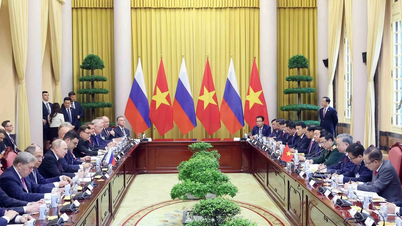




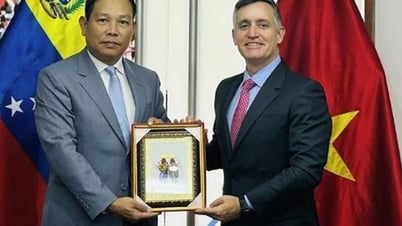

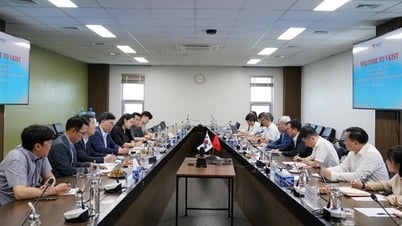

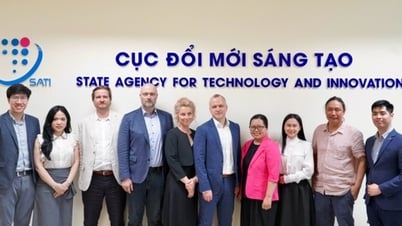
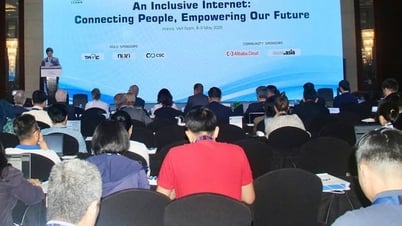
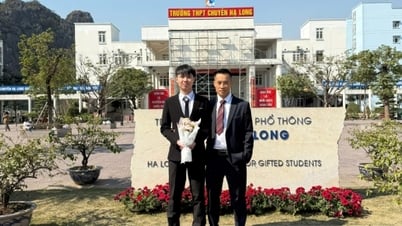




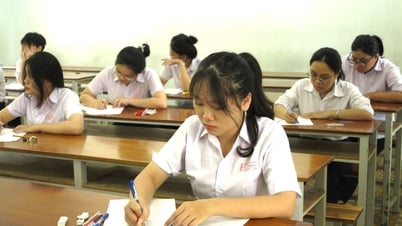
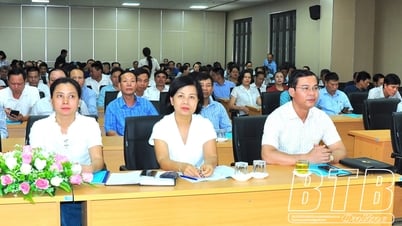















Comment (0)